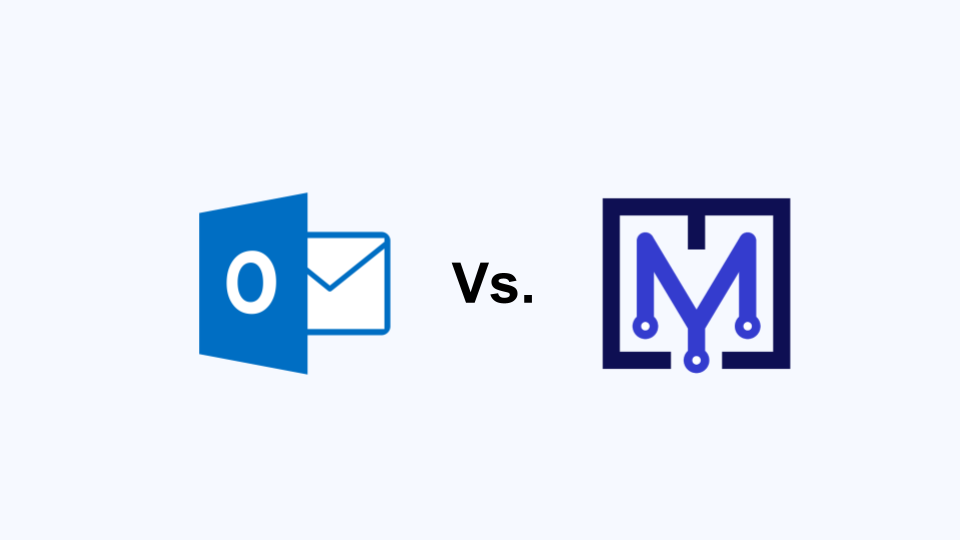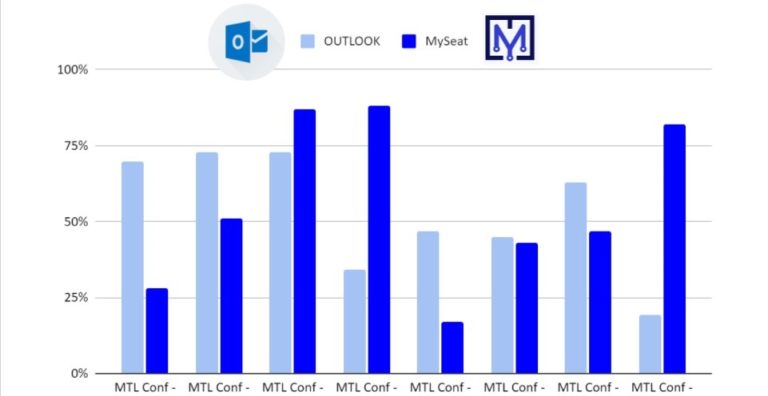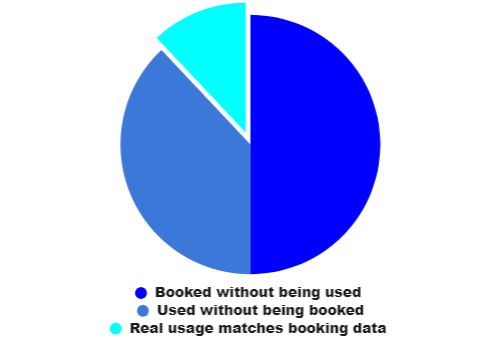Introduction
Building a truly efficient office requires space planners to anticipate demand for all shared resources. Surveys and wish-lists from employees are a starting point, but there’s often a gap between what people think they need and what they actually use. For example, many companies find that a significant portion of booked meetings never actually occur – studies show up to 30–40% of meeting room bookings end up as no-shows . This is why planners are moving beyond surveys and reservation logs toward real-world utilization data. By measuring actual usage, planners can uncover the true demand on resources and design workplaces that better match employees’ needs.
Room reservation software (like Outlook or other booking tools) is an essential part of workplace tech, allowing users to reserve meeting spaces in advance. But is the data from these booking systems truly representative of how the space is used? The following case study compares booking data against MySeat’s sensor-based utilization data to expose the hidden inefficiencies in meeting room usage.



